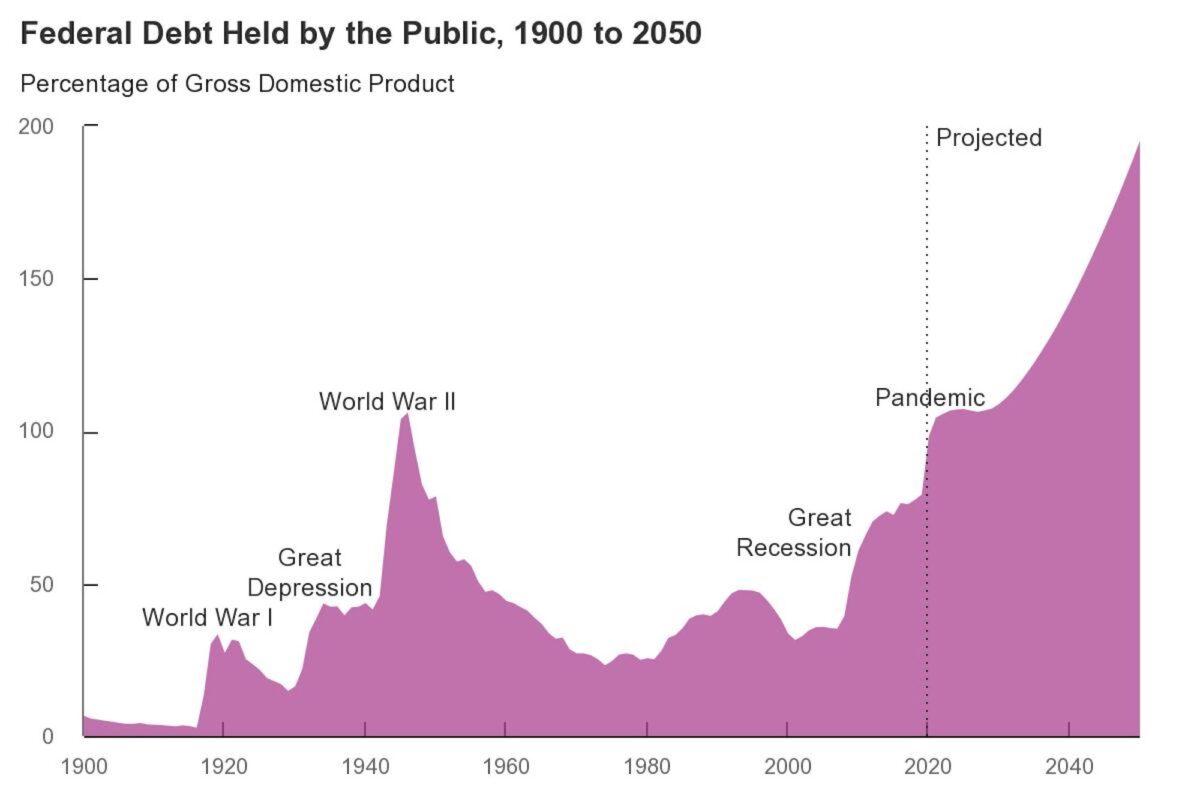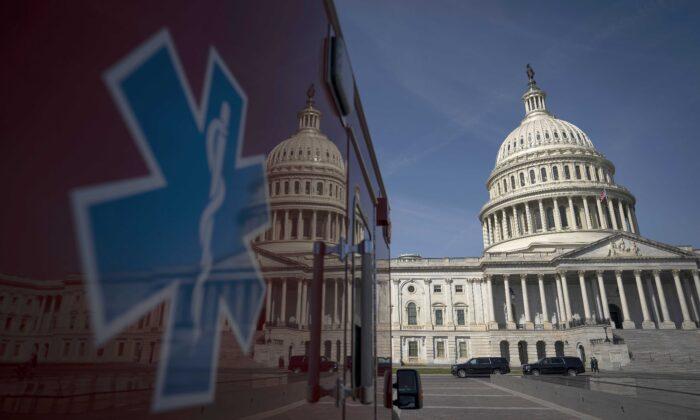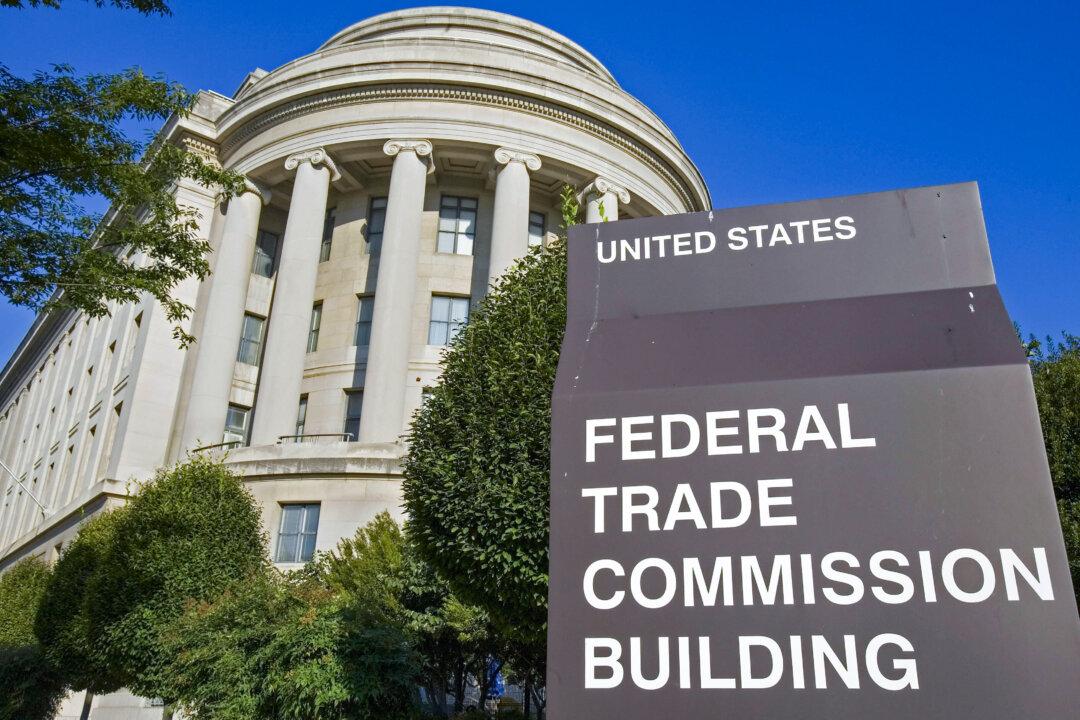“In CBO’s extended baseline projections, growth in potential (or maximum sustainable) GDP over the next 30 years is slower than it has been over the past 50 years. From 2020 to 2050, real potential GDP increases at an average rate of 1.6 percent per year, whereas it grew at an average annual rate of 2.8 percent from 1969 to 2019,” the CBO said in its report.
“In the first quarter of 2020, the coronavirus pandemic ended the longest economic expansion in U.S. history and triggered the deepest downturn in output and employment since the demobilization following World War II,” the CBO said in its report, noting that while some factors that it incorporates into its long-term economic forecast, like demographics and productivity, will not be impacted by the outbreak, others will.
“Although many of those trends are unaffected by the pandemic, some may be affected in ways that could have persistent effects on output. For instance, a significant loss of effective schooling among today’s children would have lasting negative effects,” the CBO wrote.
A recent intergovernmental agency that works to stimulate economic development has warned that pandemic-related disruption to schools could cost America’s economy around $15 trillion in lost output over the rest of the century.
The CBO also said debt as a share of GDP is forecast to hit 195 percent by 2050, 45 percentage points higher than the agency projected in June 2019, with the rise largely due to federal relief spending and, later, by rising interest rate costs and increased outlays on safety-net programs as the population ages.
“High and rising federal debt makes the economy more vulnerable to rising interest rates and, depending on how that debt is financed, rising inflation. The growing debt burden also raises borrowing costs, slowing the growth of the economy and national income, and it increases the risk of a fiscal crisis or a gradual decline in the value of Treasury securities,” CBO noted in its report.

“In our projections, interest rates remain low for several years as the economy recovers from the effects of the pandemic, partly because the Federal Reserve is working to keep them low,” he added.
The CBO expects the Fed to keep rates near zero until 2026, before gradually raising its benchmark rate to 2.4 percent by 2030.
“There is no set tipping point at which a fiscal crisis becomes likely or imminent,” Swagel said, “nor is there an identifiable point at which interest costs as a percentage of GDP become unsustainable.”
The CBO report follows Labor Department report from the beginning of September, which expects job growth to slow significantly over the next decade compared to the recent employment boom during the longest economic expansion in U.S. history, which was thrown into a tailspin by the outbreak.






Friends Read Free